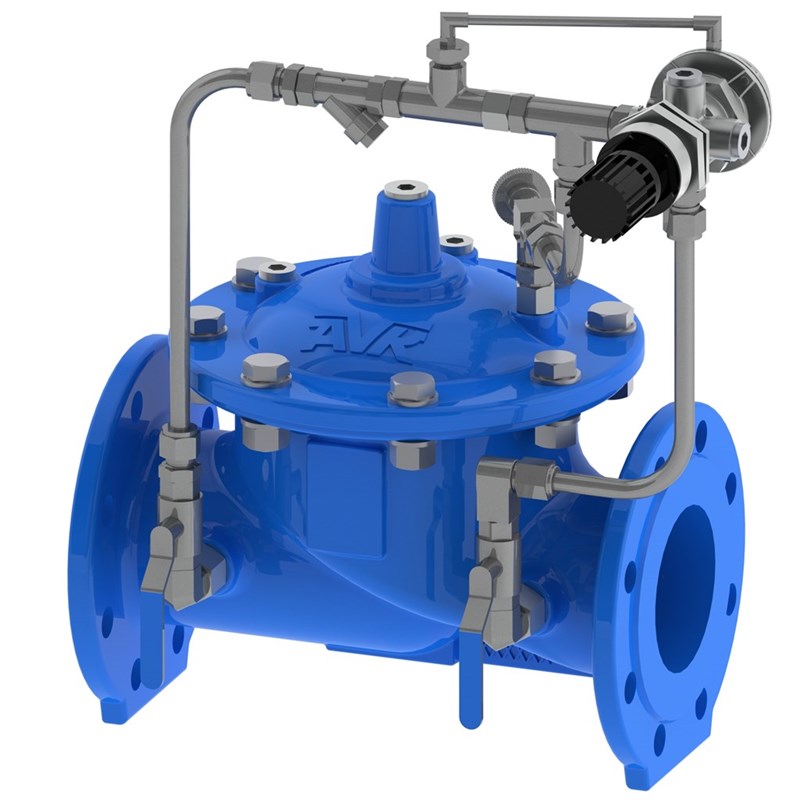Checking out the Capability of Modern Control Valves in Industrial Applications
Checking out the Capability of Modern Control Valves in Industrial Applications
Blog Article

Maximize Power Cost Savings and Comfort With Advanced Building Automation Controls
In the realm of modern design and center management, the integration of sophisticated structure automation manages stands as a crucial improvement. By harnessing the power of automation, structures can adapt, react, and evolve in methods that were as soon as unthinkable.
Energy Performance Conveniences
Power effectiveness benefits can significantly minimize power usage and operational prices in structures. Energy-efficient systems, such as advanced building automation controls, can optimize the usage of sources like air conditioning, heating, and lighting, leading to lower energy expenditures over time.
Moreover, boosted power efficiency can lengthen the life-span of structure tools and systems. By running extra efficiently, heating and cooling systems, lighting fixture, and other building elements experience much less damage, causing lowered maintenance and replacement expenses. In addition, energy-efficient buildings typically command higher home worths and rental rates, giving long-term economic benefits to proprietors.
Furthermore, power efficiency can boost resident comfort and productivity. Properly managed interior environments with ideal lighting and thermal conditions develop a more conducive and positive office, leading to boosted staff member satisfaction and performance. In general, the power effectiveness advantages connected with innovative structure automation controls are multifaceted, including price financial savings, environmental stewardship, and owner well-being.
Enhanced Comfort Control
Enhancing comfort control in structure environments calls for an innovative combination of innovative automation systems for optimal occupant wellness. By utilizing advanced building automation controls, centers can customize the indoor environment to meet the details needs and choices of occupants. control valves.
Enhanced convenience control goes past standard temperature level adjustments. It includes attributes such as individualized settings, tenancy sensors, and all-natural light use to create a receptive and dynamic setting. By integrating these advanced controls, buildings can not just improve convenience however additionally enhance energy performance by maximizing system operations based on actual occupancy and usage patterns. Inevitably, focusing on occupant convenience via advanced automation systems leads to a more satisfying and healthier interior setting.
Functional Effectiveness Improvements

In addition, the application of real-time tracking and analytics devices enables structure drivers to identify energy inadequacies and operational abnormalities promptly. By continuously monitoring energy usage patterns and system efficiency metrics, changes can be made in real-time to optimize energy usage and ensure peak operational effectiveness. control valves. In addition, incorporating demand feedback methods right into building automation controls can additionally boost operational efficiency by dynamically changing power use based on grid problems and rates signals
Indoor Environment Optimization
Efficient indoor climate optimization is a fundamental aspect of building automation controls, making certain occupants' comfort and wellness while making best use of energy financial savings. By utilizing sophisticated sensing units and controls, building automation systems can continuously adjust and keep an eye on temperature level, humidity degrees, air high quality, and ventilation to create an ideal indoor atmosphere. Preserving regular and comfy conditions not just boosts occupant fulfillment but likewise boosts efficiency and general wellness.
Interior climate optimization also plays a crucial role in power efficiency. By fine-tuning home heating, ventilation, and air conditioning systems based upon real-time data and tenancy patterns, constructing automation controls can dramatically minimize energy usage look at this now - control valves. As an example, implementing methods such as demand-controlled air flow and thermal zoning can assist decrease power waste while making certain that each location of the building obtains the essential Visit Your URL conditioning.

Lasting Setting Production
Structure automation regulates not only enhance interior environment conditions for energy effectiveness and resident comfort yet likewise lay the structure for creating a sustainable environment through calculated administration of systems and resources. By incorporating innovative building automation innovations, such as sensors, actuators, and smart software program, facilities can adjust and check power use in real-time to decrease waste and lower their carbon impact. These systems make it possible for anticipating maintenance, recognizing possible concerns before they intensify and enhancing devices efficiency to improve longevity and effectiveness.
Furthermore, sustainable setting production prolongs beyond energy monitoring to incorporate water conservation, waste reduction, and interior air high quality improvement. Building automation controls can regulate water use, detect leakages, and make sure correct garbage disposal methods, adding to general sustainability initiatives. Additionally, by controlling and keeping an eye on ventilation and purification systems, these modern technologies enhance owner wellness and efficiency while reducing energy consumption connected with HVAC procedures.
Conclusion
In conclusion, progressed structure automation regulates deal substantial advantages in regards to power financial savings, convenience control, operational efficiency, indoor climate optimization, and link developing a sustainable environment. By applying these controls, structures can accomplish optimal efficiency while minimizing energy usage and boosting passenger convenience. It is evident that using advanced automation innovation is critical in improving structure efficiency and producing a more lasting future.
Power efficiency benefits can considerably minimize energy intake and functional prices in structures. In general, the energy efficiency benefits connected with innovative structure automation controls are complex, incorporating price financial savings, ecological stewardship, and owner health.
Additionally, integrating demand response strategies right into building automation controls can even more boost functional effectiveness by dynamically adjusting energy usage based on grid conditions and prices signals.
Structure automation controls not only maximize indoor climate problems for energy performance and passenger comfort but additionally lay the foundation for producing a lasting environment via critical management of systems and sources.In conclusion, progressed building automation manages offer considerable advantages in terms of energy cost savings, convenience control, functional performance, interior climate optimization, and developing a sustainable setting.
Report this page